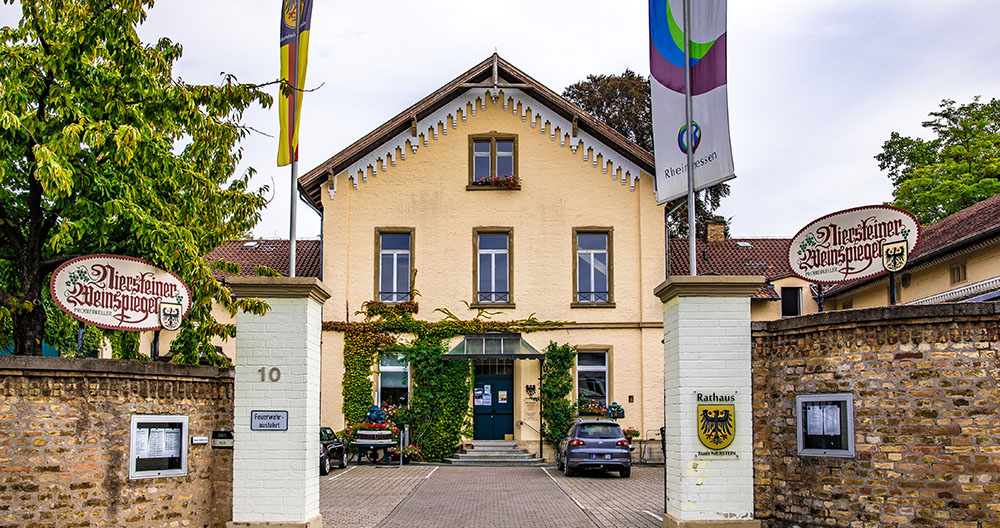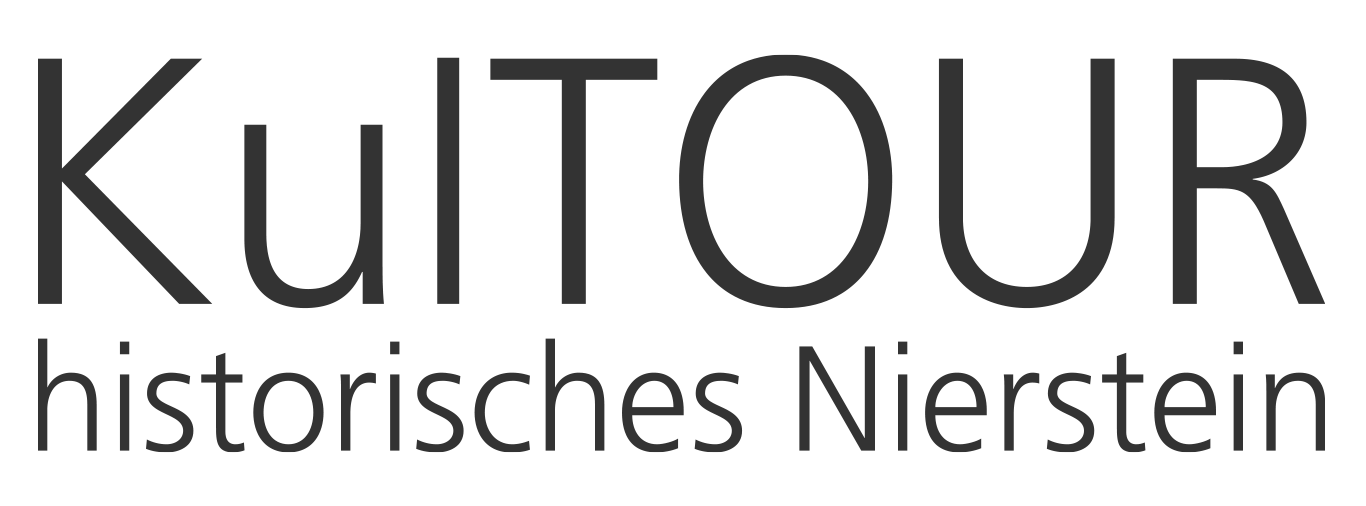
The Dalberg-Herding Castle was built in 1842 and was named after the barons of Dalberg, who once had a medieval estate here, and Dame Ursula von Herding, who acquired the property, and had her castle built on it.
In the early 1900s a brewery bought the site, later a malt factory was added. The large grain silos shaped Nierstein townscape for a long time. Until the excavators arrived in 2012 and the property was converted into a three-wing complex with private apartments.
It is a bit of a sensation that the castle’s chapel with the valuable frescoes by the painter Jakob Götzenberger survived all of this.
The main fresco depicts the adoration of baby Jesus. The fact that the colors still appear so fresh and luminous today is due to a special painting technique: the artist painted with wax colors that were applied hot onto the walls. This is called “encaustic”.
Aloft there are the angels with the instruments of torture, an anticipation of the young Savior’s destiny.
On the right side wall, the evangelist John is depicted in exile on the isle of Patmos writing the Book of Revelation – under divine inspiration.
On the opposite side: Maria Magdalena as penitent – with cross, Bible and skull as an indication of the transience of life.
It is said that the Nierstein citizens acted as models to the painter. Some of them can still be assigned to Nierstein families.
Castle-owner Ursula von Herding never moved in here. She preferred to stay far away in Munich – it is said that she did not even visit her property once. You probably have to be blessed to being able to afford that…


The Dalberg-Herding Castle was built in 1842 and was named after the barons of Dalberg, who once had a medieval estate here, and Dame Ursula von Herding, who acquired the property, and had her castle built on it.
In the early 1900s a brewery bought the site, later a malt factory was added. The large grain silos shaped Nierstein townscape for a long time. Until the excavators arrived in 2012 and the property was converted into a three-wing complex with private apartments.
It is a bit of a sensation that the castle’s chapel with the valuable frescoes by the painter Jakob Götzenberger survived all of this.
The main fresco depicts the adoration of baby Jesus. The fact that the colors still appear so fresh and luminous today is due to a special painting technique: the artist painted with wax colors that were applied hot onto the walls. This is called “encaustic”.
Aloft there are the angels with the instruments of torture, an anticipation of the young Savior’s destiny.
On the right side wall, the evangelist John is depicted in exile on the isle of Patmos writing the Book of Revelation – under divine inspiration.
On the opposite side: Maria Magdalena as penitent – with cross, Bible and skull as an indication of the transience of life.
It is said that the Nierstein citizens acted as models to the painter. Some of them can still be assigned to Nierstein families.
Castle-owner Ursula von Herding never moved in here. She preferred to stay far away in Munich – it is said that she did not even visit her property once. You probably have to be blessed to being able to afford that…


